Bryan Butler is a visual artist and founder of Bryan Butler Art, based in Chicago, Illinois. Bryan specializes in illustration, fine arts, and graphic design. He was previously an in-house graphic designer at GModelo USA, LLC and currently serves as an in-house designer for The Moody Church in Chicago. He recently collaborated with The Center for Pastor Theologians (CPT) on a series of articles titled ‘ More Than Imago Dei: Theological Explorations on Race.’
Tell us about yourself
Bryan, tell us a bit about yourself, and how your career in the Arts began.
Gladly. I work as an illustrator, graphic designer, and portrait artist through Bryan Butler Art. I also work full time as the inhouse graphic designer for The Moody Church in Chicago. I was born and raised in Chicago where I currently live with my wife and two children.
I’ve been interested in the arts since I was a child and was blessed to have parents who were artists in their own right, who cultivated my initial interest and provided learning opportunities so I could hone my craft. I attended The American Academy of Art where I received my BA with a focus in Illustration, and graduated with honors. The recession was in full swing and it took a while to get my professional footing, but the Lord opened a door for an unpaid internship with a large company that quickly turned into part time and then full time employment. The company was GModelo USA, a US branch of Grupo Modelo, which makes Mexican beers like Corona, Victoria, Modelo Especial and others.
I worked on various creative projects for the company until they were eventually bought out and outsourced. During that time, God provided a design position for me at The Moody Church which I was able to transition to right after my termination from GModelo USA. I’ve now been the designer at Moody for nearly 7 years. I’m also in the process of restructuring Bryan Butler Art so I can make it my primary focus.
What phrases represent your art?
I explored your artwork on your website. I noticed that between each of your art series were these three slogans: “Create with Purpose”, “Have Fun”, and “Bring Joy”. In what ways do these phrases represent you and your art?
The four slogans are the current representation of my core values for Bryan Butler Art. They are part aspirational and part reality. I see the ability to create as a gift from God (part of being made in his image) and the act of creating as an expression of that gift. In most cases what we make has a purpose, whether that purpose is for God, me, others, or a combo.
“Create with purpose” is a reminder for me to consider the “why” behind what I make. “Have Fun” is simply a reminder for me to have fun when in the process of creating for and serving others because it can be easy for me to stress and not have fun.
I emphasize “creating for and serving others” because everything on my site is ultimately for other people to view, buy, and enjoy.
“Bring Joy” is what I hope my work, especially the portraits, does for others. “Created with purpose” serves as a bookmark to my process and as a reminder that we are also created by God for a purpose.
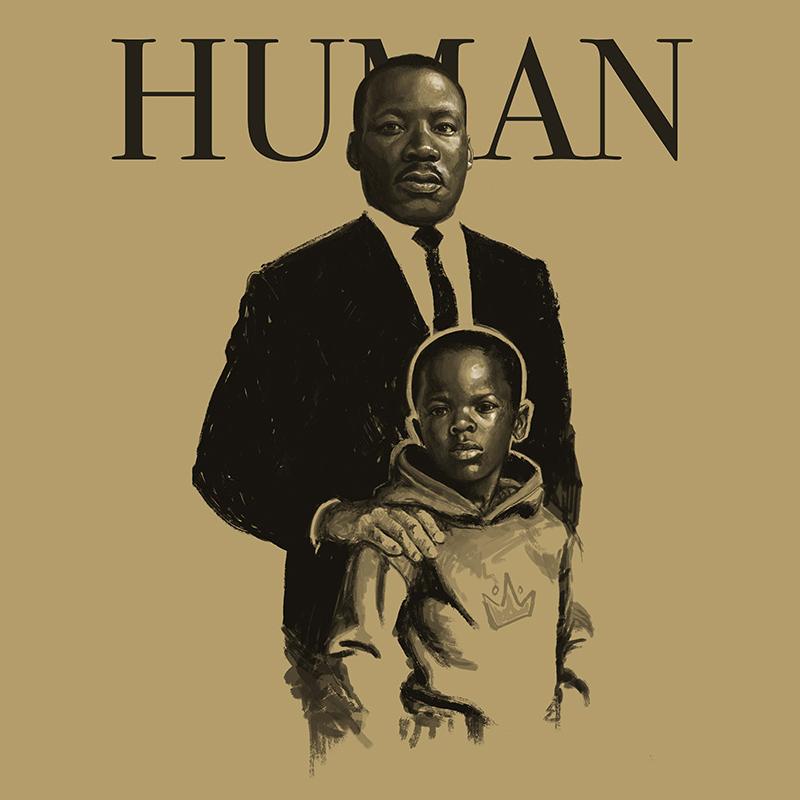
The role of images
What roles do words and images or visuals play in our daily lives?
Words are vital. God spoke the universe into existence. God gave us language. The bible was passed on via oral tradition and the written word.
Jesus himself is described as ’the Word’ who became flesh and dwelt among us. The Word came to provide us with the possibility to be reconciled to God through himself. Jesus taught with words, and demonstrated the words with actions that people could see. Yet, at the same time, we are called to not only be hearers of the Word, but doers (James 1:19-27). Others will know we are truly God’s people by what they see us do in conjunction with what they hear us say.
Imagery or vision is also important to the way God communicates with us. He gave us eyes to see and a mind to interpret what we see. He created an array of colors, patterns, shapes, and values for us to enjoy and explore. We often describe these as beautiful, but what is beautiful to one person may be ugly to another. Beauty does seem to be in the eye of the beholder. However, even though God created the material traits we often call beautiful, God looks past the outward appearance and looks at our hearts when determining beauty (1 Samuel 16:7). A summary of some of the traits God finds beautiful can be found in Galatians 5:22-23.
Even though I create physical work that some find beautiful and buy, what will matter most to God is the spirit with which I create work and whether or not I do it to ultimately bring glory to him.
Collaboration with The Center for Pastor Theologians
You recently collaborated with The Center for Pastor Theologians (CPT) on a series of articles titled ‘More Than Imago Dei: Theological Explorations on Race’. Can you tell us about how this collaboration came about?
I’ve done some previous work with CPT and when they saw my HUMAN series they mentioned the possibility of working on this “More Than Imago Dei” theme series for September. They asked that I design the title graphic and we agreed that a selection of my existing sketches and paintings would be the best for the time frame and budget of the project.
I also worked on another project with them for a conference titled “ Kingdom Politics”. Unfortunately, due to the onset of Covid-19 they had to cancel the conference, but they are using the key art and theme for October. You can see the work and read the articles here.
Engaging race differently
The theme of the paintings and illustrations you produced for the CPT’s “More Than Imago Dei” article series seemed to overlap with your own HUMAN series. The following editorial excerpt is from the President and Co-Founder of CPT, Todd Wilson:
We want to engage this issue differently. We’re not on the hunt for easy answers or quick solutions. Rather, we’re prepared for the intellectual slog that real progress necessarily entails, knowing that what is required is sober-minded, serious, even sacrificial reflection on the issue of race and the challenges (and opportunities) it presents, as well as a readiness to trace the deep implications of these insights into our own lives, congregations, and communities—all for the sake of Christ.
Do you envision HUMAN to have the same objective as More Than Imago Dei? Or do you have a personal angle on this issue?
Yes, my purpose for the ongoing HUMAN series overlaps with the CPT objective. It also goes beyond it. The act of ignoring another person’s humanity isn’t restricted to race relations. I plan on exploring the history of dehumanization amongst communities of African descent and communities affected by disability.
Imago Dei, which is Latin for “image of God”, has a reference to the Christian theology of creation.The doctrine of creation, as the famous theologian Augustine of Hippo suggests, demonstrates an interdependent relationship between the creature and creator. The doctrine itself has over the years raised many disputes amongst theologians and thinkers. This reference seems to run through your thinking and artwork. Can you elaborate on how this idea influences your art?
Yes, you are correct. The foundation of the HUMAN project is the truth that the universe and everything in it was created and is sustained by the triune God, as described in the Bible.
This same God created humans in a manner different from the rest of creation. Chapters 1 and 2 of the book of Genesis describe how God created man from the dust and breathed life into him. God also made woman from the flesh of man. Genesis 1:26-27 tells us that God created us in his own image, which is where this phrase “imago dei” originated.
Genesis 1:26-27
You quoted the same verse (Genesis 1:26-27) on your website, and explained that:
At times, for various reasons, we convince ourselves that other people are less than human. We then use this as justification for all manner of sin against our brothers and sisters. When we lose or reject the truth that we’re created by God in His image (Genesis 1:26–27) we lose a foundational truth to our identity and the transcendent source of our intrinsic worth.
Can you explain why you think understanding “Imago Dei” is important and how the perversion of this notion affects society today?
In short, if our worth as humans, as people, isn’t anchored in a source that transcends us (God) then our worth is completely subjective. If I believe the value of another human is based on what I think and feel about them, then I can justify changes in how I treat them when my thoughts or feelings towards them change.
If the Caananites of the ancient near east viewed children as made in God’s image would they have created the practice of sacrificing children to their god, Molec? Would some Chinese royals have created the practice of binding women’s feet to deform them into a shape they thought more desirable? Would the Assyrians have been known for their cruelty towards those they defeated in battle? Would the Mongolian army, led by Genghis Khan, have killed and raped their way across much of Asia, Mesopotamia and into eastern Europe? Would the Romans have developed the torture of the crucifixion? Would the transatlantic slave trade have happened? Would the American Civil War, Jim Crow era, Civil rights era, mass incarceration etc. have happened?
Unfortunately, our history is replete with examples of what we do to each other when we lose sight of the Imago Dei.
Imago Dei and creating art
How do you see the notion of “Imago Dei” being expressed in the process of creating art?
Among the attributes that God designed into us is the desire and ability to create using the raw materials he has supplied. In Exodus Chapter 31, Moses describes the LORD’s calling of Bezalel, from the Israelite tribe of Judah, to oversee the creation of the tabernacle where God would meet with his chosen people of Israel. God filled Bezalel with the Spirit of God and gave him wisdom, understanding, and knowledge in all manner of workmanship, to design artistic works and structures for the tabernacle and all that would be in it.
The idea of humans creating and designing through the materials supplied by God is most obvious in our abilities to produce children. Other examples of human’s involvement in creation and design can be seen in the way we use fire and various tools; the way we design clothing, homes, art and the way we use language or written words
This type of calling is not common, but the ability to create is universal and part of what it means to be made in God’s image.
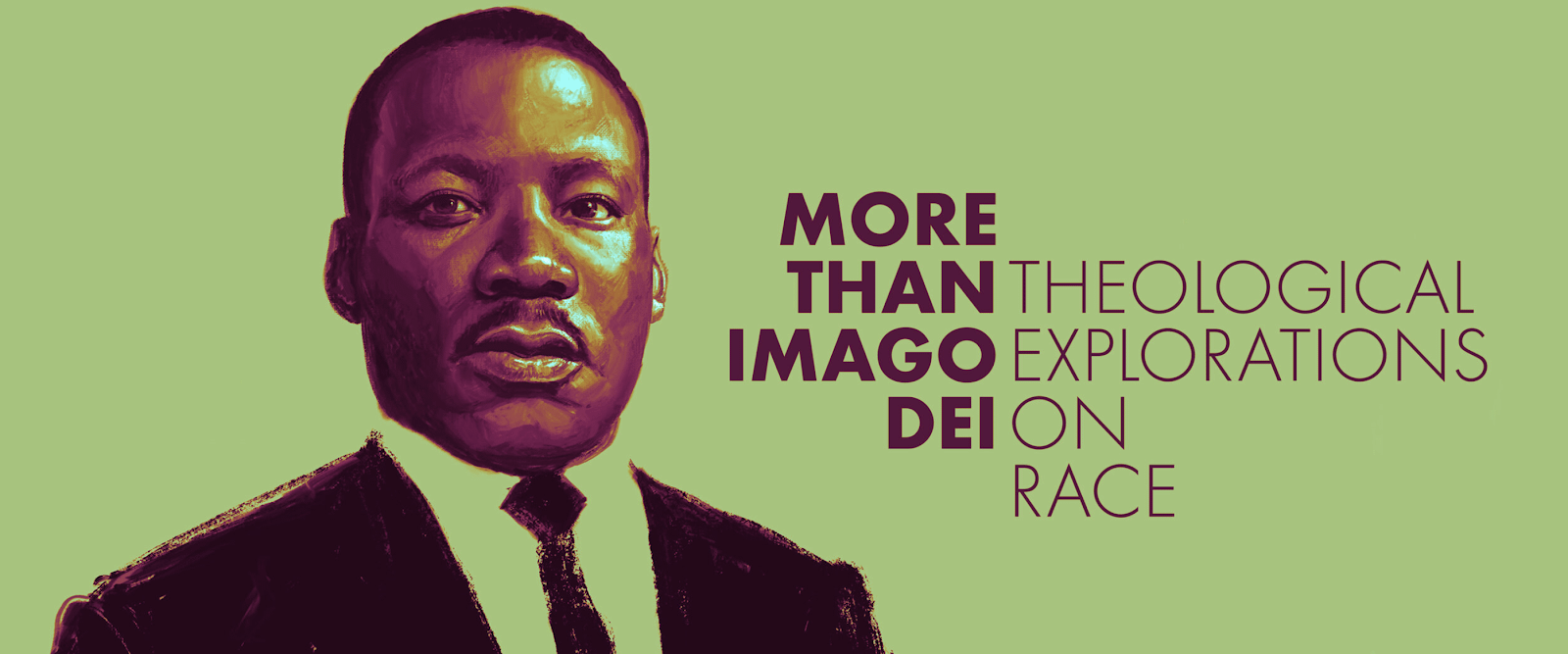
Race and human dignity
At Peaceful Science, we hold the issue of race, human dignity and worth seriously and continue to seek understanding on this important topic. In fact, one of the discussions we’ve had is that of the meaning of race. In an interview with Quayshawn Spencer, we tried to unpack the notion of racial realism, that is to say that “race is real” in a biological or literary sense. These discussions have major implications on what it means to be human and how to navigate across various differences. The CPT article series published alongside your illustrations also touched upon this issue of race. What are your thoughts on these discussions and what do you hope to come out of them? Are there any particular pieces or ideas that stood out for you?
I appreciate the work and thought put into the articles by CPT. They are concise and will hopefully set ablaze some ideas in the minds of the readers. My hope is that they will generate conversation and further reflection, study and prayer. While I think they are well worth a read, two articles that really stood out for me are: More than Imago Dei by Todd Wilson and Critical Race Theory, Loaded Language, and an Appeal for Nuance and Charity by Paul Morrison.
I think Todd rightly brought up a primary challenge that Evangelicals have when it comes to navigating the complexities of race in America and race in the American church.On the other hand Paul Morrison’s article deals more with the need for careful listening, humility, and understanding when engaging with others on complex and important topics.
Deep thinking, a nuanced discussion, love of enemies, and unity in the Spirit are amongst the many things we seem to have lost sight of in public discourse, and we’re the worse for it.
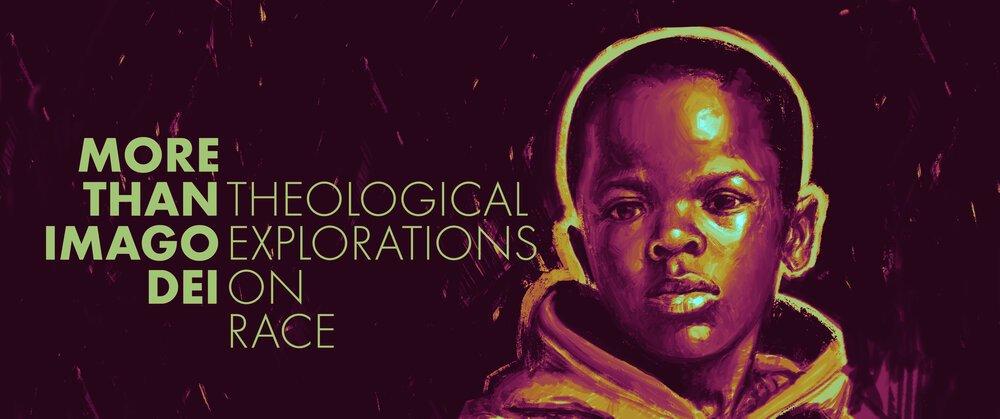
The Image Series for CPT
Let’s talk about some of the images from both the CPT article series and your HUMAN project. Can you tell us about the motivation behind your illustration of Dr. King and the young black boy?
Earlier this year H&M came under fire for an ad depicting a young black boy wearing a hoodie with the phrase “ Coolest Monkey In The Jungle”. Monkey was (and sometimes still is) used to describe black people, implying that we are less than human. This descriptor was used by people, usually of Western European descent, as a way of dehumanizing men and women of African descent especially during the transatlantic slave trade and the Jim Crow era that followed shortly after. In many instances those using this phrase claimed Christ. In so doing they spat in the face of God (James 3:9-12). This more recent incident took place right before MLK 50 and the idea struck me. I want to combat the issue of this ad with an art piece that proclaims the biblical truth (from Genesis and Revelation), which was foundational to Dr. King’s work.
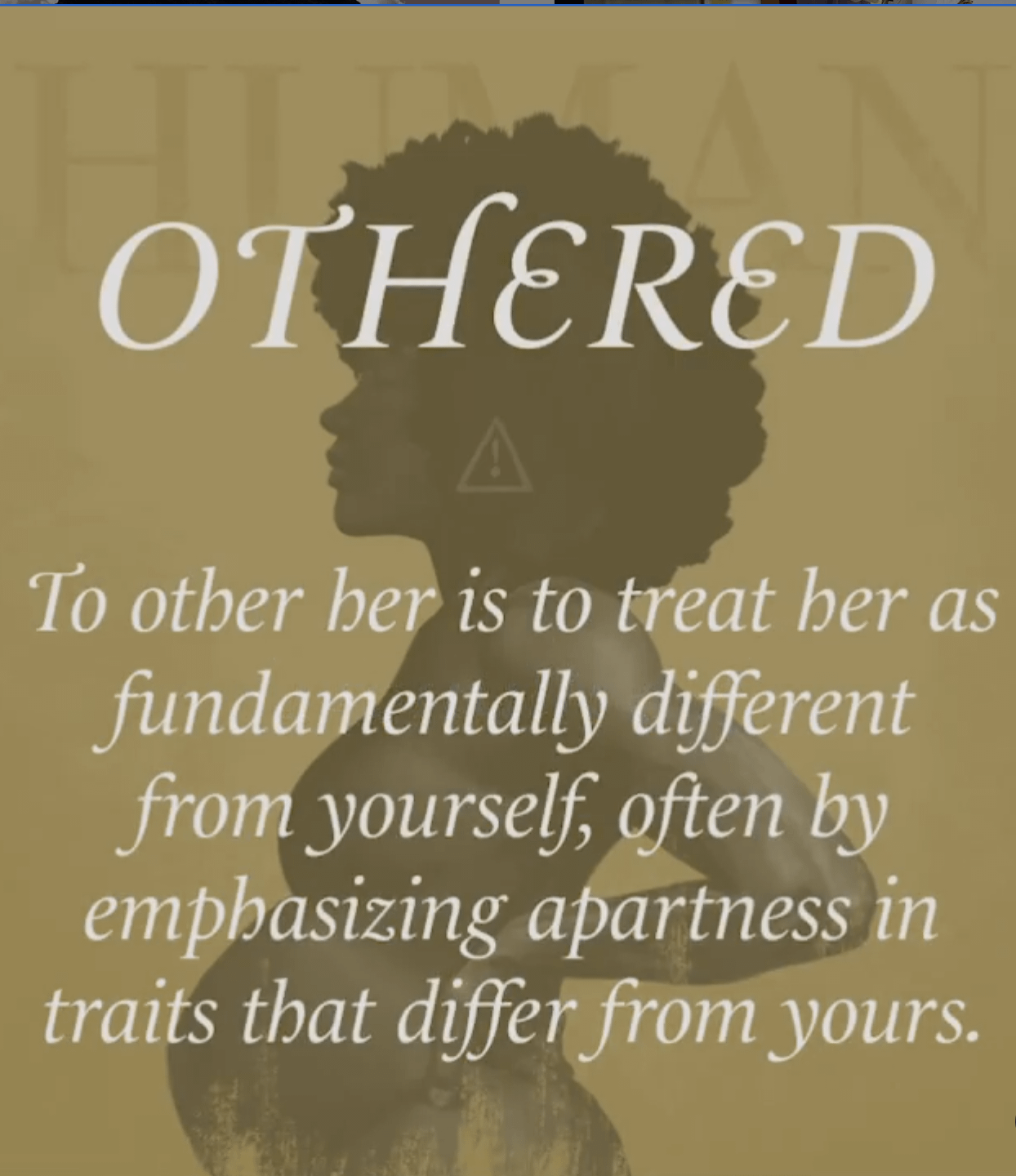
The pregnant woman
You posted an infographic showing a pregnant black woman earlier in your social media account. Can you tell us about your thought process?
This illustration is an edited version of a piece from my brief HUMAN sub-series called “Othered”. For this particular piece I did the illustration and then made a short video posted to my Instagram account with the following stats depicting the risks that black women in America face when they become pregnant and bear children (according to the contemporary CDC report):
- 44 deaths per 100,000 live births, the highest among industrialized countries
- 243% more likely to die from pregnancy, or childbirth-related causes
- In NYC black women are 12x more likely to die from severe complications
- To “other” her is to treat her as fundamentally different from yourself, often by emphasizing apartness in traits that differ from yours
I’m not claiming to know the causes of all of this, but the statistics are alarming and broader conversations and action are needed. Maybe this illustration will help with that.
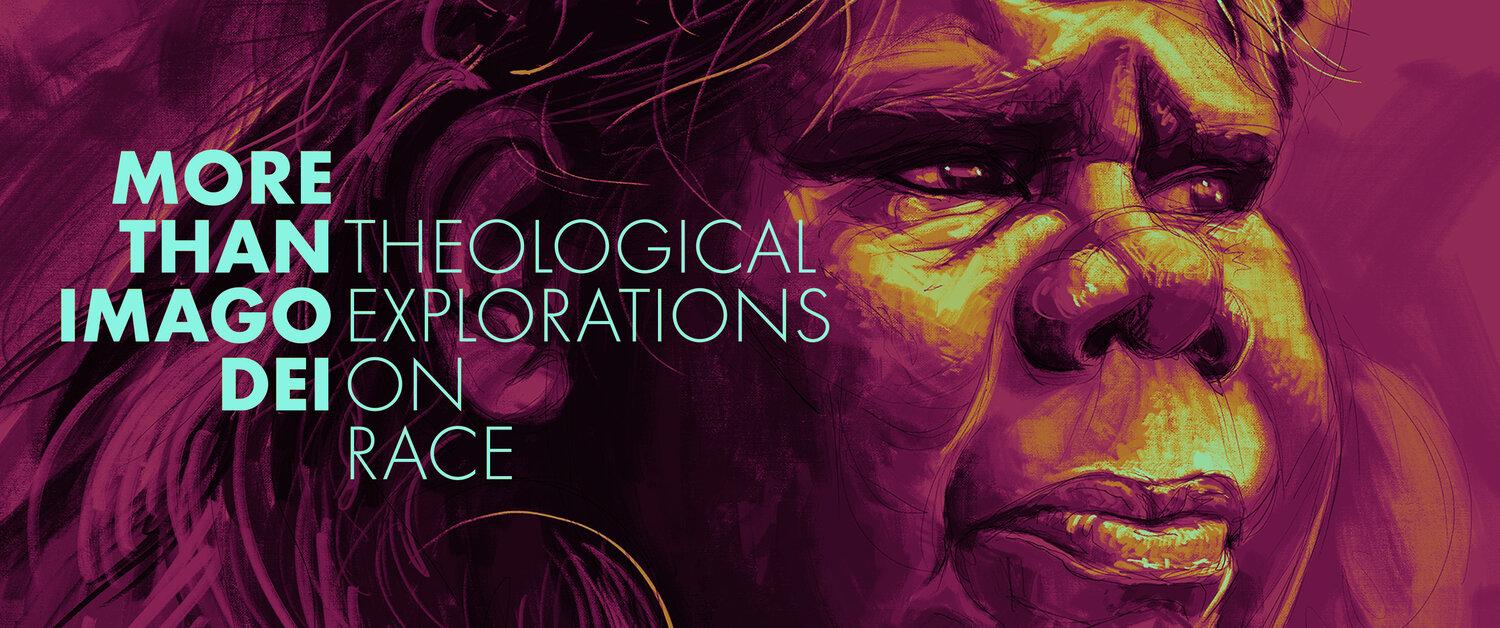
The aboriginal woman
What is unique about your illustration of the Aboriginal woman here?
Aboriginal men and women have a unique look, to me, among the people of the earth. By “unique” I mean that the scale of their features, the dark skin sometimes contrasted with blonde hair, and the fact that their features are largely isolated to Australia and New Zealand. I painted this portrait sketch during a brief period of exploring their features through art.
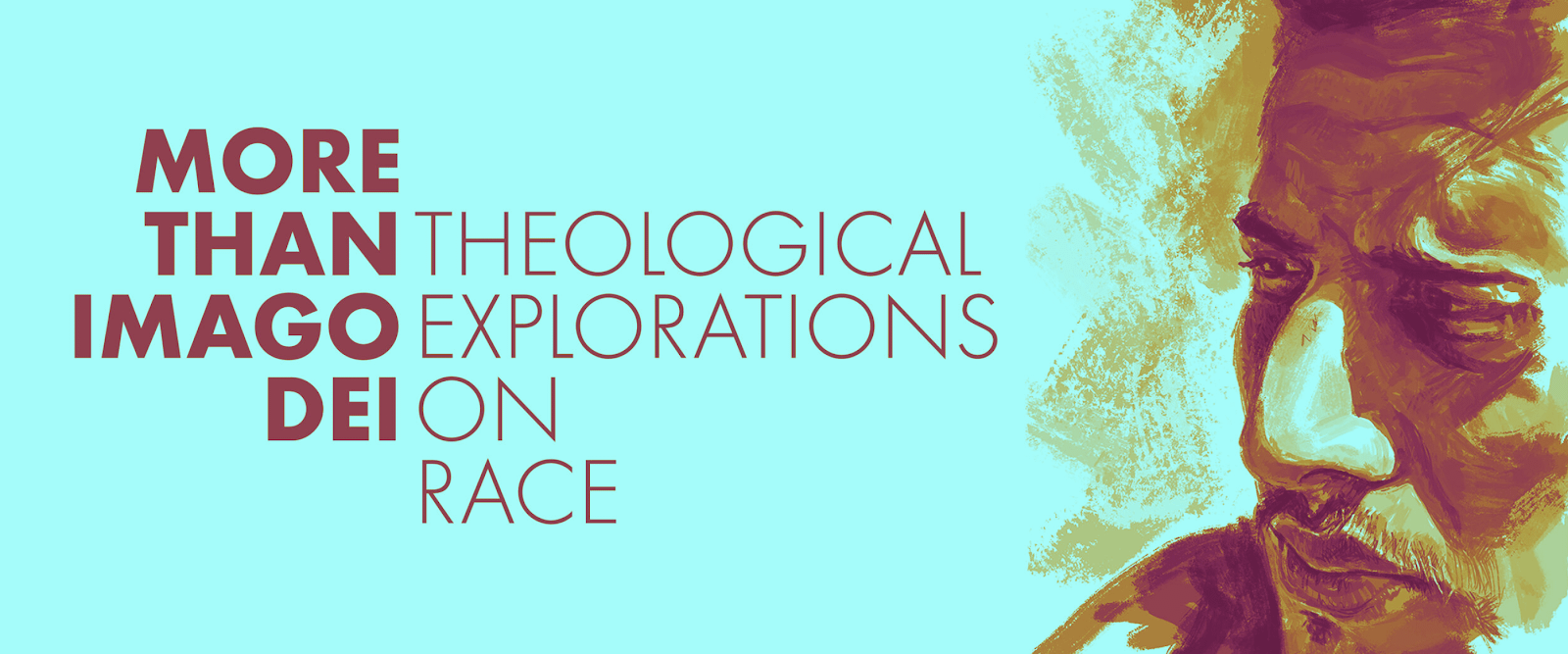
The murdered man
Who is the man in this image? And what sort of story does this illustration carry?
Umut Sakaroglu was killed in a terrorist attack in 2016. Periodically, I am moved to sketch or paint the faces of people who have died violently as a small way of remembering and honoring them.
Commemoration by sketch
Why do you think it is important to commemorate them in this way?
In a small way, taking time to read about someone I didn’t know, who died, and then sketch and share their image, honors both the person and the image of whom they were created. I’ve also done this as a surprise for those within my circle who have lost someone. They’ve told me how much it means and to not underestimate how much it means.
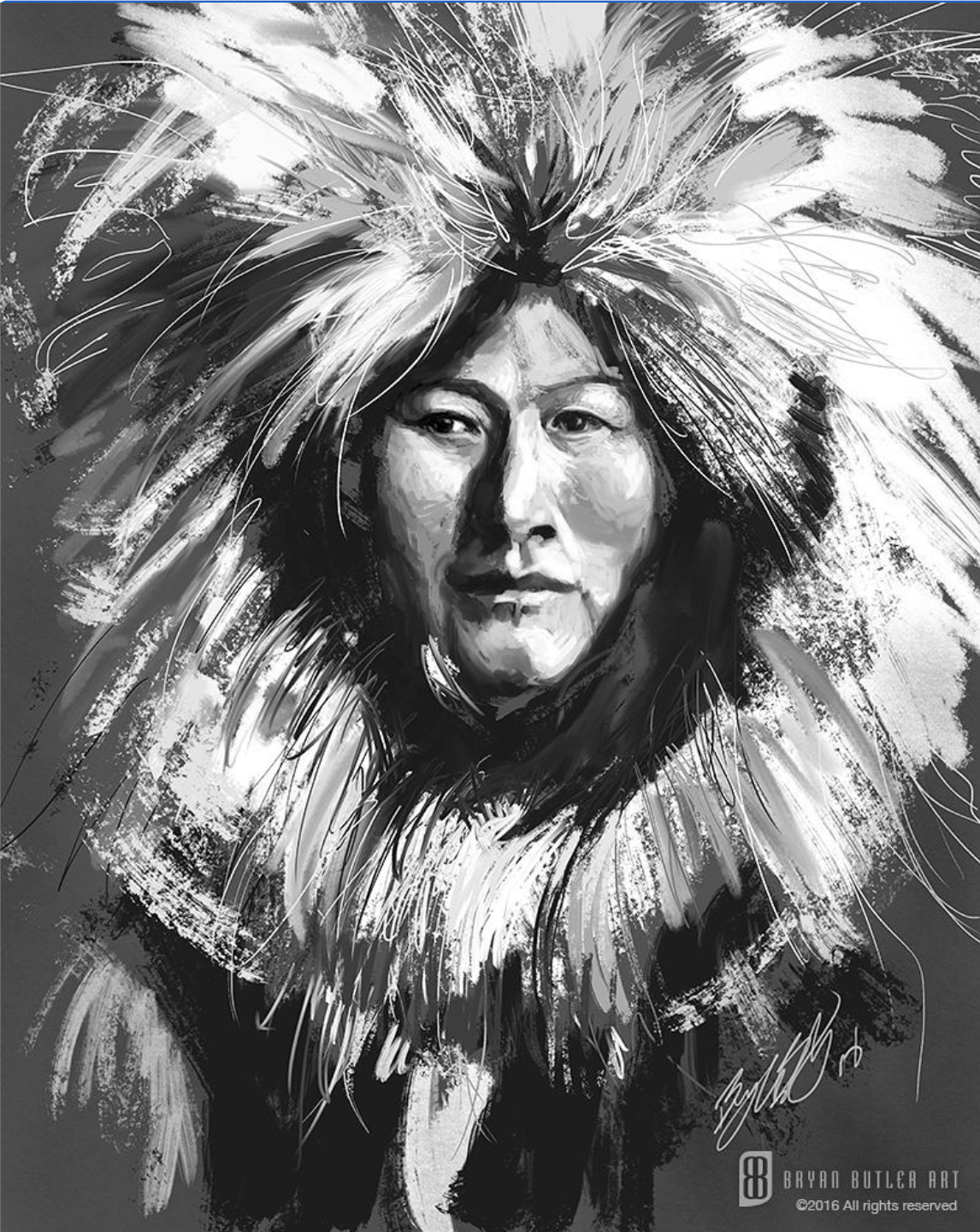
The Inuit woman
Here is an illustration from your earlier work that again features a woman of color. What is compelling about the image of this Inuit woman?
Similar to the Aboriginal sketch, I found this photo of an Inuit woman compelling, so I explored her features and clothing by painting a loose interpretation (not highly detailed or photo-realistic) of her. Since CPT had room for additional portraits I was able to pull together a fairly ethnically diverse collection of portraits for them to use.
The meaning of diversity
All of your illustrations feature people of various backgrounds. Why do you choose to represent such diversity in your portraits?
I do so because intrinsic to HUMAN is visual diversity. Our features, hair textures and skin tones are all part of how God designed us.
Images and the other
How do you think images or visuals affect our perception of others?
The ability to see other humans forces us to look at people as creation made in God’s image. The word description of a person gives context for the image of that person as we see them. The image of a person may turn out to be different from the person we picture in our mind when what we have is only a word description. So, together, both words and images communicate in a complementary way to give us contextual information that would hopefully spark even more curiosity about a subject
Learning more
What other projects are you working on now? How can readers learn more about you and your work?
I’m currently working on building up a portrait branch of my business. I’ve done custom portraits over the years, but never made the service available on my website. I’m also talking with a Christian organization that serves families affected by disability about partnering with them to provide free portraits to these families. Part of the paid portraits will go to provide the free portraits.
I’m also thinking through additional pieces and applications for my HUMAN series and a branch of this title Love Black Lives, Made in God’s ImageTM
You can learn more about me at bryanbutlerart.com, on Instagram @bryanbutlerart, or on Facebook @thebryanbutlerart.
I look forward to hearing from you.
References
- https://www.bryanbutlerart.com
- https://www.pastortheologians.com/theme/sept2020/more-than-imago-dei
- https://www.moodychurch.org
- https://www.gmodelo.mx
- http://www.bryanbutlerart.com
- https://www.pastortheologians.com
- https://www.bryanbutlerart.com/human-bba
- https://www.pastortheologians.com/articles/2020/10/6/editorial-kingdom-politics
- https://www.pastortheologians.com/theme/oct2020/kingdom-politics
- https://www.pastortheologians.com/articles/2020/9/1/more-than-imago-dei
- https://en.wikipedia.org/wiki/Augustine_of_Hippo
- https://peacefulscience.org/articles/ortlund-augustine/
- https://www.pastortheologians.com/articles/2020/9/28/critical-race-theory-loaded-language-and-an-appeal-for-nuance-and-charity
- https://www2.hm.com/en_us/index.html
- https://www.nytimes.com/2018/01/08/business/hm-monkey.html
- https://guides.ll.georgetown.edu/c.php?g=592919&p=4172697
- https://mlk50.com
- https://www.bryanbutlerart.com/human-product/hmnking
- https://www.instagram.com/p/B0MY6IvlfBp
- https://www.cdc.gov/media/releases/2019/p0905-racial-ethnic-disparities-pregnancy-deaths.html
- https://www.bbc.com/news/world-europe-36675713
- https://www.bryanbutlerart.com/portraits
- https://www.bryanbutlerart.com/love-black-lives
- https://www.instagram.com/bryanbutlerart
Dec 3, 2020
Nov 2, 2021
Dec 28, 2025



